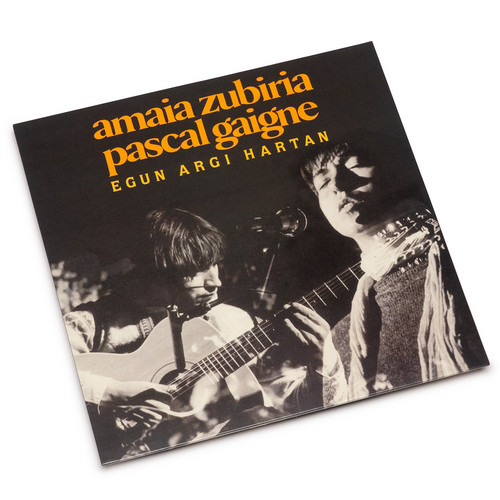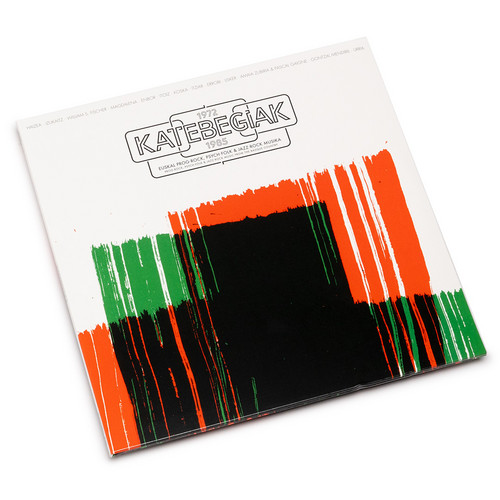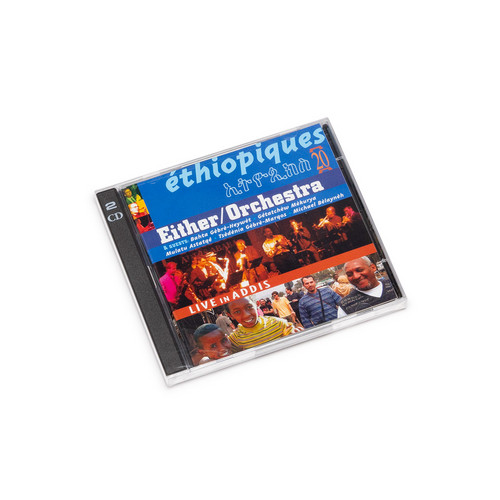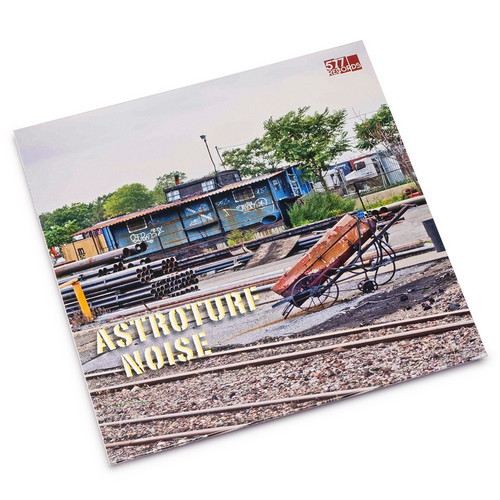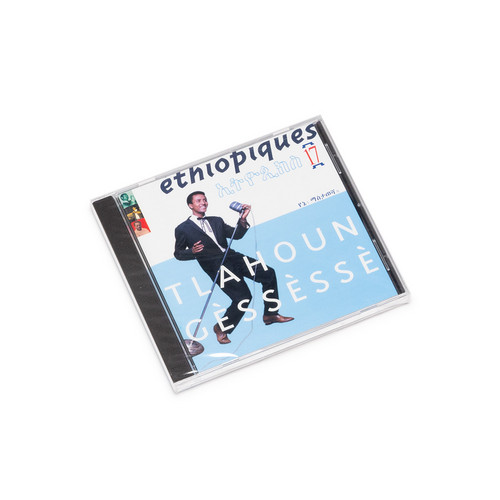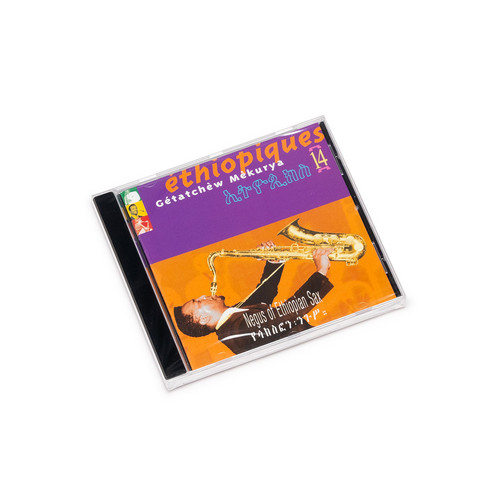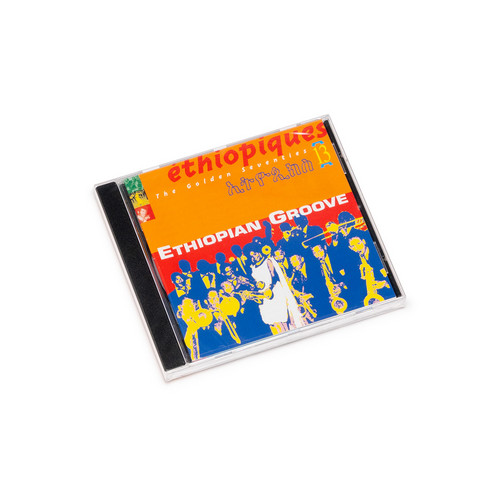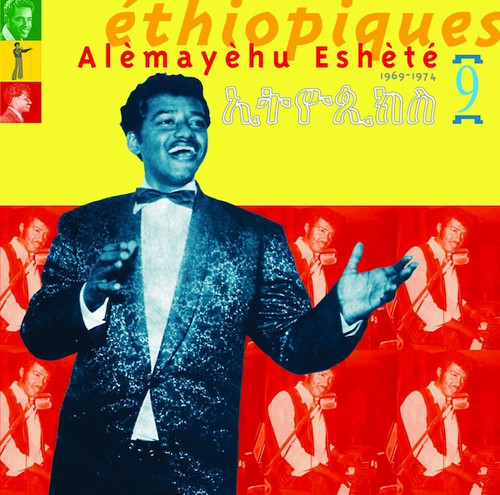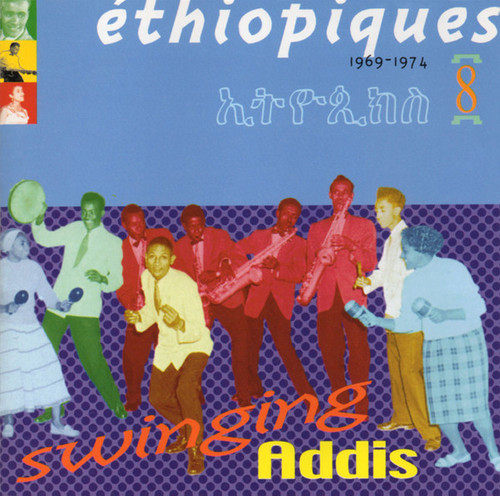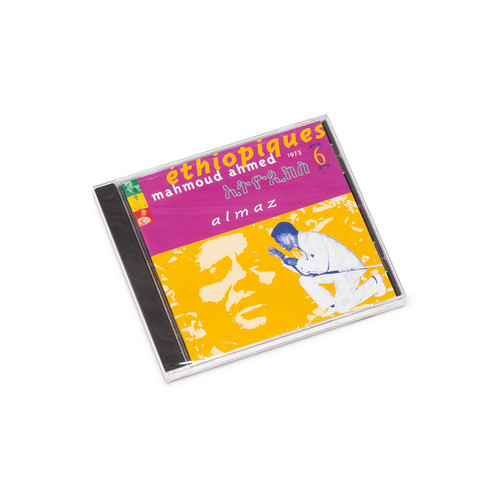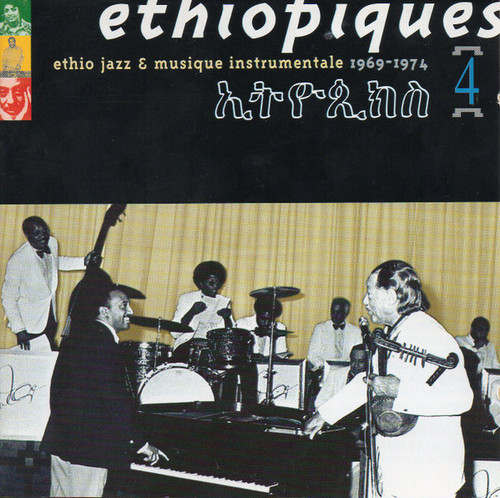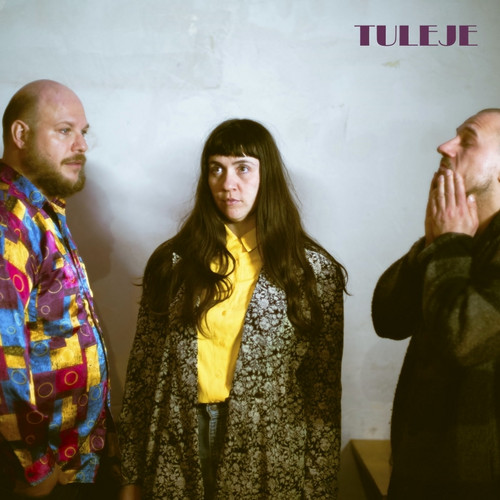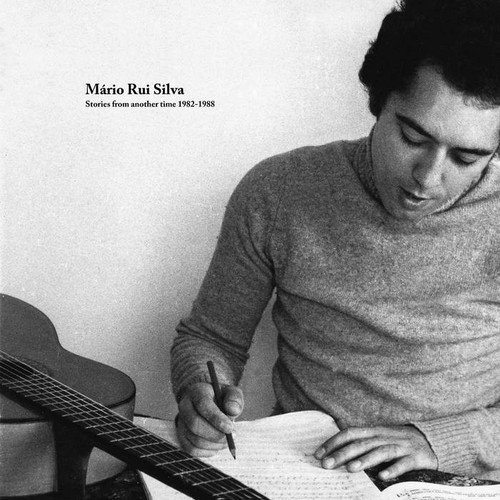Folk /
Egun Argi Hartan
*2025 stock* After the well-earned "Adarra" prize awarded by San Sebastián city council in 2021, the name of Amaia Zubiria is back on people’s lips, one of the most outstandingly beautiful voices in the history of folk and Basque music in general. In fact, thanks to the albums recorded with Haizea and with Txomin Artola and many other collaborations, she has been a constant presence in a long, fruitful career spanning over 40 years. However, despite this popularity, much of her extensive body o…
1972-1985 Katebegiak: Prog-Rock, Psych-Folk & Jazz-Rock Music From The Basque Country
*2025 stock* Music produced in the 70’s in the Basque Country got trapped between two earth shattering artistic currents; Ez Dok Amairu in the 60s and Basque Radical Rock in the 80’s, and unfortunately, most of the lovely discs and tunes created at that magical time have been pushed to a remote (and sometimes even despised) corner of our collective memory. 60’s and 80’s music currents are almost opposite, and both work as magnetic poles with a very strong power of attraction, and maybe also as a…
Éthiopiques 20: Live In Addis
*2024 stock* Russ Gershon and his Grammy-nominated Either/Orchestra have included many Ethiopian pieces into their repertoire in recent years. In January 2004, the Boston big band travelled to Addis for a dream-come-true concert featuring prestigious Ethiopian guests, among them Mulatu Astatqè (Ethiopiques 4, «Broken Flowers») and Gétatchèw Mekurya (Ethiopiques 14). This recording perfectly renders the energy and emotion of this gathering, with beautiful arrangements remarkably performed by exce…
Astroturf Noise
Astroturf Noise exists at the intersection of free improvisation, effects-heavy noise music, and American roots music.
Éthiopiques 17: Tlahoun Gèssèssè
*2024 stock* To Ethiopian audiences, Tlahoun Gèssèssè is THE VOICE, even more so than Mahmoud Ahmed, Alèmayèhu Eshèté or Mulatu Astatqé. Endowed with a phenomenal, innate vocal talent, he has been the asbsolute and unequalled icon for an entire country since the fifties, heading up the list of Ethiopian discography. Based around seven ‘modernist’ pieces arranged by the brilliant and innovative Mulatu Astatqé (Ethiopiques 4 : «Ethiojazz»), these first Ethiopiques devoted to Talhoun Gèssèssè also …
Éthiopiques 14: Negus Of Ethiopian Sax
*2024 stock* Probably the most revered veteran of Ethiopian saxophone, Gétatchèw Mèkurya is the 'inventor' of an extremely distinctive musical style. Amongst Ethiopia's numerous vocal genres, there exists a form of singing that is purely warlik: epic and declamatory, harsh and hoarse-voiced, it is known as 'shellela'. This bellicose thunderbolt, quite strictly vocal, was improvised before each attack. Gétatchèw Mèkurya had the brilliant idea of transposing the genre to his saxophone, and here we…
Éthiopiques 13: Ethiopian Groove - The Golden Seventies
*2024 stock* An augmented, improved and remastered edition of the legendary anthology of Ethiopian groove that was issued in the 1990s. This selection is a tribute to the haydays of Ethiopian music and reproduces the final salvos of the musical fireworks before they were brutally extinguished by the dictatorship. 1969-78: this near-decade was undoubtedly the golden age of modern Ethiopian music, with its swinging, thunderous or simply gigantic brasses and historic singers adapting and rearrangin…
Éthiopiques 9 (1969-1974)
*2024 stock* The Alèmayèhu songs already presented in Ethiopiques 3 and 8 have given a foretaste of this outstanding stylist of Ethiopian pop, a singer as remarkable for his frenetic rock numbers as for his heartrending ballads. By dint of rampant Americanism, he earned himsef such nicknames as The Ethiopian James Brown or the Abyssinian Elvis. With his dazzling stage presence, nimble voicebox and wicked pompadour, he is a strutting show-off, straight out of American Graffiti or Saturday Night F…
Éthiopiques 8: Swinging Addis
*2024 stock* In the 1960s there was a Swinging Addis just as there was a Swinging London. In Ethiopia, as in Europe bor the USA, the first generation born after the war made their noisy, colourful breakthrough onto the scene. A veritable cultural revolution rather than a simple generational conflict. With music as its detonator and its common denominator. This volume aims to collect the clearest examples of soul, R'n'B and even twist in the recordings of the Ethiopian 'sixties'. The quintessence…
Éthiopiques 6: Almaz
*2024 stock* For many years everything we knew about Mahmoud Ahmed (and Ethiopian music in general) was limited to the cult album Erè Mèla Mèla (Ethiopiques 7 CD 829802), recorded in 1975 but released for the first time in Europe in 1986. Mahmoud's first LP, Almas ("Almaz men eda nèw"), recorded two years before Erè Mèla Mèla, now bears new witness to the talent of one of the greatest Ethiopian artists of the past 35 years.
Éthiopiques 4: Ethio Jazz & Musique Instrumentale 1969-1974)
*2024 stock* In the Ethiopian musical world, Mulatu Astatqé is a typical, totaly unique personality, a legend unto himself. For 30 years, he has been an inescapabe presence, a virtual statue casting a long shadow over the Ethiopian scene. His true singularity resides in his efforts in instrumental music in a country where musical culture and tradition are strangers to it. Note: Jim Jarmush put some of these hypnotic instrumentals to great use in the soundtrack of his film Broken Flowers
Puste Ulice
The band Tuleje consists of Gosia Zagajewska, Ksawery Wójciński and Wojtek Kurek. Their original arrangement of folk music from eastern Greater Poland is filled with deep respect for the original material, and at the same time expresses their subjective view of tradition. A bold look, full of references to jazz, blues, early music and free improvisation. The repertoire was based on folk melodies from the Konin area - from the villages of Babiak, Kramsk and Osiek Wielki. The lyrics were written b…
Stories From Another Time 1982-1988
2LP version. The roots of Angolan popular music explored in the meticulous guitar studies of Mário Rui Silva 1980s albums. Whether on mesmerising acoustic ballads or hypnotic groove-led tracks, the music of Angolan guitarist, researcher and intellectual Mário Rui Silva has a beguiling, melancholy quality, woven into the dynamics of his deft guitar playing. Rhythmically complex yet supremely effortless, the music collected here stems from three albums Mário released in Luanda in the 1980s that re…
